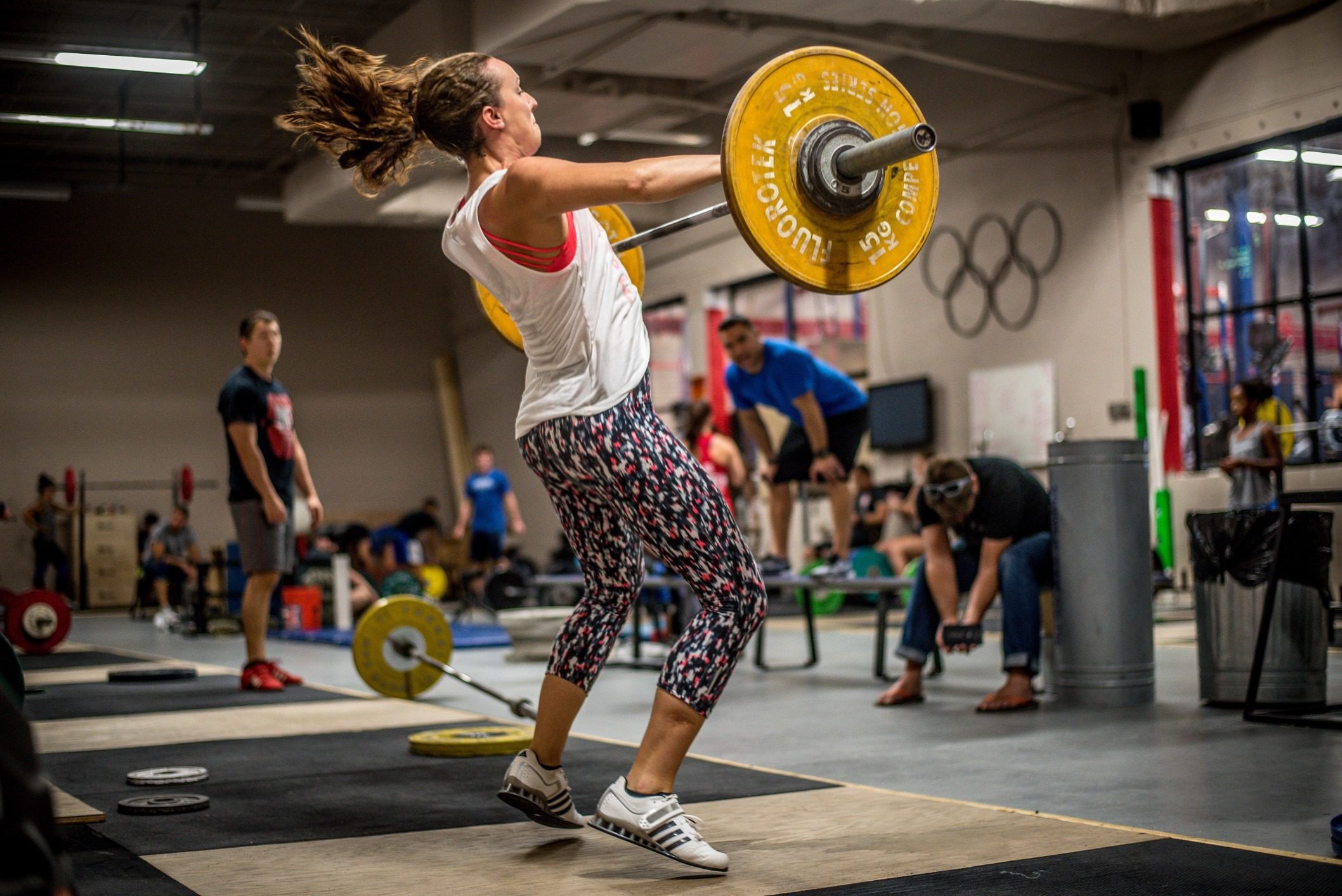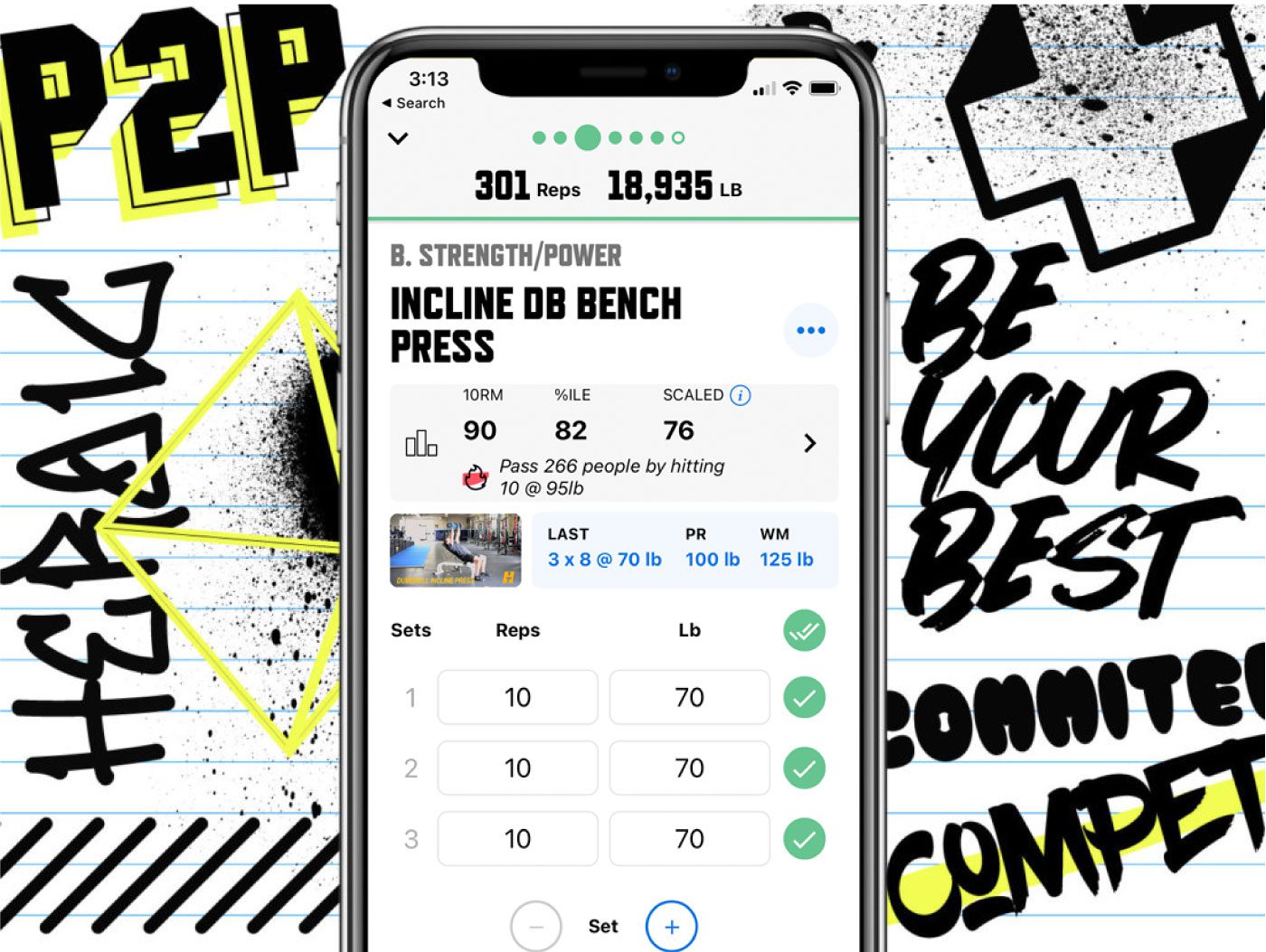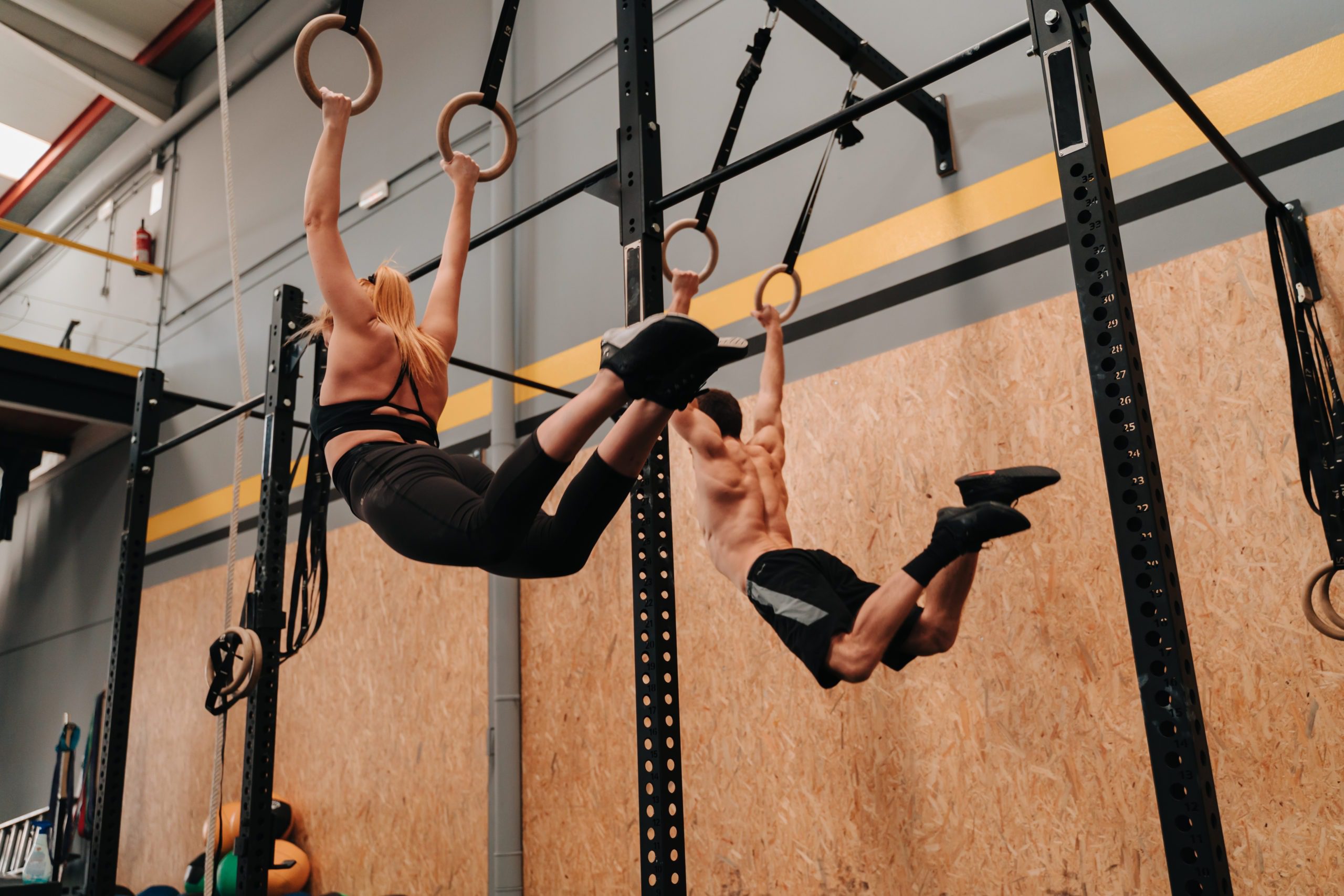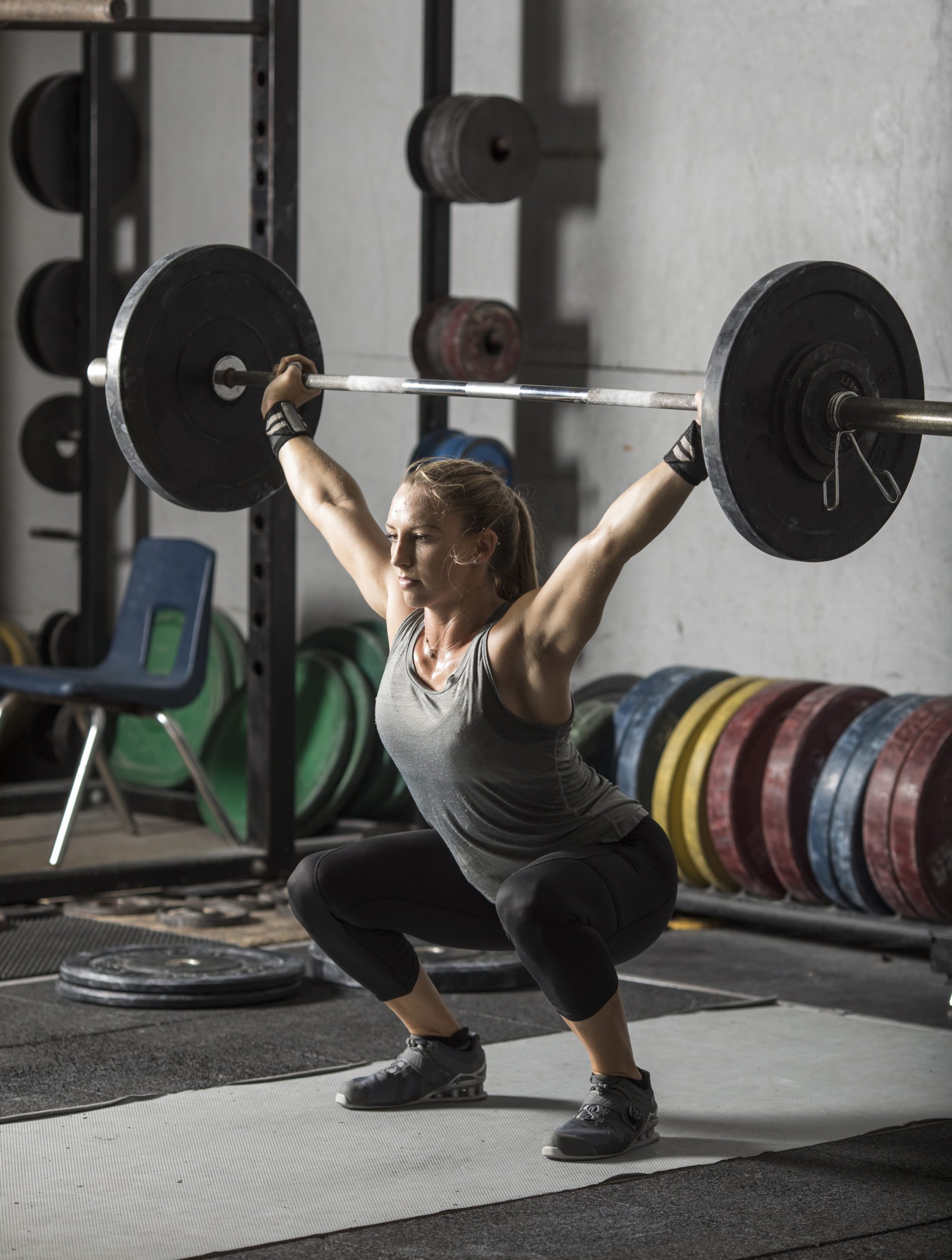Snatch Balance Variations Explained


Snatch Balance Variations Explained :
Improve Your Speed, Footwork, & Overhead Stability
The snatch is one of the most technical movements in the world of athletics. It can take years to master each individual part of the lift, and even Olympians drill bits and pieces of their technique constantly. Just one small lapse in judgment, timing, or speed can yield red lights for a snatch.
Many newer lifters often fail a snatch in the receiving position, which looks like an overhead squat. In a stable receiving position for the snatch, you’re sitting at the bottom of a full squat with your chest up and arms locked out in a wide grip overhead.
It’s an incredibly challenging position that readily exposes any athlete’s coordination and mobility issues. If your ankles, hips, or shoulder joints have mobility restrictions, you’ll struggle to access the necessary range of motion. If your feet don’t snap into the right spot or if the barbell doesn’t hit the right pathway, you could easily lose the weight in front or behind you.
Enter: the snatch balance.
It’s a dynamic, essential drill with multiple variations depending on what the athlete needs to work on to nail that receiving position. (Spoiler alert: it’s everything. We need to work on everything.) The terminology can get confusing and sometimes coaches will use the names interchangeably, so we wanted to clear the mud around these movements.
Check out the key differentiators on the various forms of snatch balance work below.
(And bookmark this page anytime you need a refresher.)
The snatch balance
The snatch balance starts with the barbell on your back rack (like a back squat), feet at the width you would use to pull the bar from the floor, and your hands in a wide snatch grip.
Start the movement by bending your knees slightly, keeping your torso upright. Use this dip to drive into the floor and launch the barbell directly overhead. At the same time, jump your feet into a slightly wider squat stance. Press up on the bar aggressively and lock out your elbows as you sink into an overhead squat position.
Once you’re stable at the bottom of your overhead squat, stand up out of the hole while keeping the bar overhead. This will test your balance and timing with the goal being to move your body down under the barbell as fast as possible instead of lifting it up.
Extra Credit: add a 2-3 second pause at the bottom of your overhead squat to challenge your strength.
The Drop Snatch
The drop snatch is not the same as the snatch balance—there is no bounce from the knees to generate momentum.
The drop snatch trains the same basic principles as the snatch balance—footwork, timing, speed, stability—but with one key difference that makes it feel ten times more challenging.
Setup for the drop snatch is the same as for the snatch balance and the movements look similar. But instead of initiating with a smooth dip-and-drive knee bend, you start with the feet. In one lightning-quick motion, hop your feet into your squat stance and punch your arms overhead to “drop” your body down into the bottom of your overhead squat.
Recover in the same way as for the snatch balance. Make sure you’re in a stable squat, then stand the bar up. The goal is to keep the bar in roughly the same spot in space while moving your body down underneath it into your receiving position as fast as you can. Drop snatches really focus on training speed under the bar and quick footwork.
Extra Credit: since the weight you can manage for the drop snatch tends to be lighter than the snatch balance, add 2-3 overhead squats to work on volume.


DOWNLOAD
trainheroic’s
free APP
The Heaving Snatch Balance
The heaving snatch balance is another variation of the snatch balance that’s easy to confuse.
Almost everything is the same as the snatch balance execution except the feet. (Are we seeing a trend here? Fancy footwork is essential for weightlifting!) Start with your feet in your squat stance and keep them there throughout the lift instead of jumping them slightly wider.
Just like the snatch balance, bend at your knees to initiate the movement with a dip and drive. Drop down into your overhead squat stance while pressing aggressively up on the bar. Lock your elbows and stabilize at the bottom of your squat, then stand up with the bar overhead.
Again, the goal here is to keep the bar in as fixed a position as possible while moving your body underneath it in one fast, fluid movement. The stationary feet in the heaving snatch balance can help reinforce your snatch receiving position while improving mobility. Not moving your feet also requires you to maintain tension on the bar instead of navigating the moment of float.
The Pressing Snatch Balance
The pressing snatch balance follows a similar route as the other variations, but its simplicity means it can be used on beginners or athletes with less exposure to the snatch balance. It’s also good for a dynamic mobility warm up.
Start with the bar on your back, hands in a snatch-grip width, and feet in your squat stance. Instead of a quick, aggressive motion, squat down with control and press your arms overhead into lockout. The bar should stay in the same place it started without moving up or down in space until you stand out of the squat.
Try to lockout your elbows at the same time you reach the bottom of your overhead squat. We’re working less on speed and footwork here, more on timing and control.
The Marketplace: Shop Expert Programming from Real Coaches
Sometimes all you need to reach your destination on your fitness journey is an expert guide. We’ve got you covered.
The TrainHeroic marketplace is the only place to purchase programming from the World’s best coaches, delivered through the immersive training experience of the TrainHeroic app.
Browse from thousands of programs for any goal and every type of athlete.
Or, join a monthly programming membership to connect with a real coach and community of athletes training just like you. Try any programming subscription free for 7 days.

Snatch balance variations drill proper footwork and movement efficiency. They also help a lifter gain confidence under heavier weights.
The subtle differences in some of these sntach movements and the fact that even good coaches get them confused should be enough to emphasize just how technical the snatch really is. Now you can feel like a smart weightlifter capable of spotting the difference between these drills.


Lily frei
Lily is TrainHeroic’s Marketing Content Creator and a CF-L1 with an English background. She was a successful freelance marketer for the functional fitness industry until being scooped up by TrainHeroic. An uncommon combo of bookish, artsy word-nerd and lifelong athlete, Lily is passionately devoted to weightlifting, CrossFit, yoga, dance, and aerial acrobatics. Find her showcasing her artist-athlete hobbies on IG @lilylectric.

Join the community
Sign up for the latest training news and updates from TrainHeroic

About TrainHeroic
Support
Made with love, sweat, protein isolate and hard work in Denver, CO
© 2021 TrainHeroic, Inc. All rights reserved.


